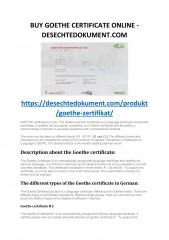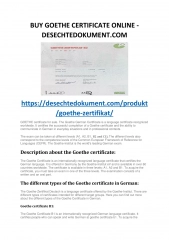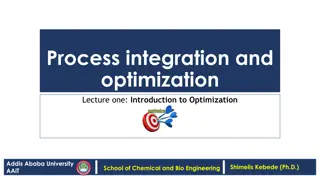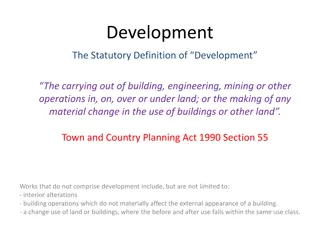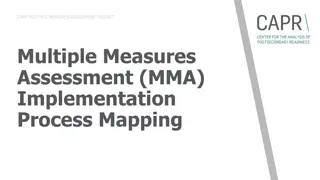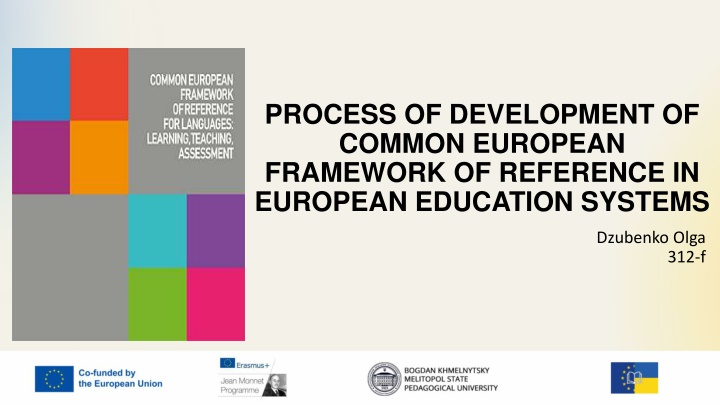
Common European Framework of Reference in Education Systems
Explore the significance of the Common European Framework of Reference (CEFR) in European education systems, its impact on modernization and development, and its practical applications in evaluating language skills levels and designing educational materials.
Download Presentation

Please find below an Image/Link to download the presentation.
The content on the website is provided AS IS for your information and personal use only. It may not be sold, licensed, or shared on other websites without obtaining consent from the author. If you encounter any issues during the download, it is possible that the publisher has removed the file from their server.
You are allowed to download the files provided on this website for personal or commercial use, subject to the condition that they are used lawfully. All files are the property of their respective owners.
The content on the website is provided AS IS for your information and personal use only. It may not be sold, licensed, or shared on other websites without obtaining consent from the author.
E N D
Presentation Transcript
PROCESS OF DEVELOPMENT OF COMMON EUROPEAN FRAMEWORK OF REFERENCE IN EUROPEAN EDUCATION SYSTEMS Dzubenko Olga 312-f
The aim The aim is to investigate the role of the Common European Framework of Reference in European education systems, prove the relevance of the CEFR and its meaning for education system modernization and development.
THE BROAD BANDS THE BROAD BANDS The CEFR is an international standard for describing language ability. It describes language ability on a six- point scale, from A1 for beginners, up to C2 for those who have mastered a language. Basic Independent Proficient
speaking writing listening reading CAN DO CAN DO The descriptions of levels are skills-based and take the form of Can Do statements. These descriptions of ability focus on communicative purpose and are made for a very practical approach, which looks at what people can do rather than on specific linguistic knowledge. This kind of approach helps to understand the standard terminology of language levels.
PRACTICAL PURPOSES PRACTICAL PURPOSES evaluating language learning needs creating tests or exams developing learning materials developing syllabuses designing courses other
The CEFR is important The CEFR is important The CEFR was designed to provide a framework for all European languages. Because it is language-neutral, it can actually be used for any language in the world. It has been produced in 38 languages, including Arabic, Chinese and Japanese.
Conclusion Conclusion Common European Framework of Reference is known all over the word and has a world recognition. It is a universal document which helps the systems of education in many countries. It helps learners to get the description of their language skills levels, teachers to create tests or exams, design courses and curriculum. Also the CEFR promotes the international cooperation among all European countries including their law, culture, language and education.

